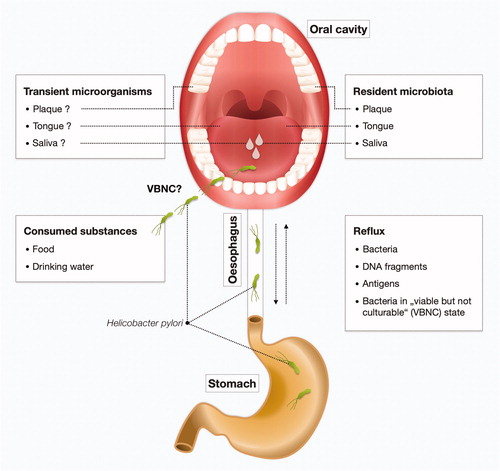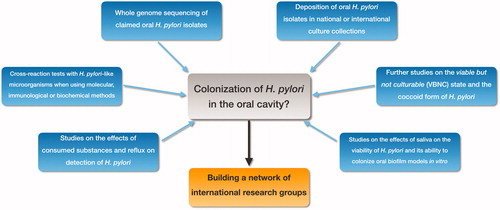Figures & data
Table 1. Studies published since 2010 detecting oral H. pylori with molecular methods.
Table 2. Studies published since 2010 detecting oral H. pylori with immunological and biochemical methods.
Table 3. Studies published since 2000 detecting oral H. pylori by culture techniques.




